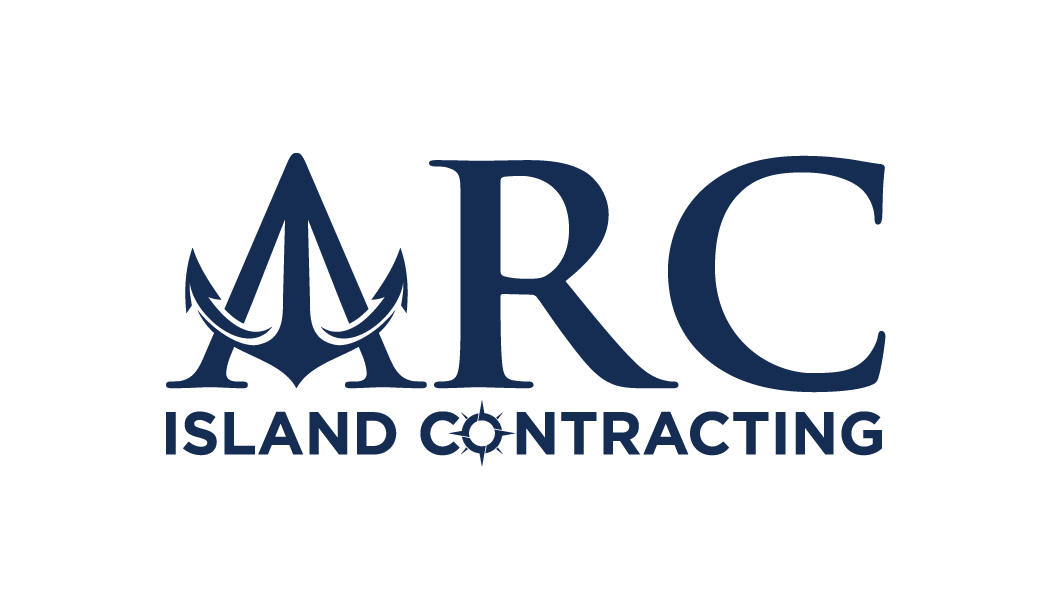How to: Finding the Best Replacement Windows

Windows are an essential part of every home. They connect your home to the outdoors by bringing in natural light, allowing you to access fresh air and make your home feel more welcoming. More importantly, they’re a vital safety necessity as they provide additional entry and exit points.
When considering what replacement windows are best for your home, there are a few things you’ll need to consider including style, materials, function, and the climate and weather where you live. The best source to help make the best decision may be a contractor, but to get you started, here are some things to consider to help you make a smart, informed and economical choice.
Style

There are many different styles of windows, the most popular style is the double hung window. Modern double hung windows can be quick and easy to clean and are often more affordable than more complex replacement window styles. Depending on the room or location of the window, your options may be limited. Here is a quick look at common window shapes and styles.
Function
Depending on where the replacement window is located and what safety requirements are in place for each room, you’ll want to consider function. Do you need the window to open? If so, why? Do you need to increase airflow? Offer a safe exit? Evaluate what type of opening will meet your needs most effectively.
Materials: Frames
A window frame can be made out of different kinds of materials. When considering the material, the most important element to evaluate is your climate. For example, a wood frame may expand or shrink in damp climates potentially causing damage or leakage. The most commonly used materials used are wood, vinyl, composite, fiberglass, or aluminum/metal. Consider the pros and cons of each material and how they’ll respond to your climate to make sure you invest in the best window frame for your home.
| Pros | Cons | |
| Wood | A good insulator and can expand and contract to respond to changing weather conditions to avoid breakage. | Requires regular maintenance unless the wood frame has aluminum or vinyl cladding (cladding is a covering of the frame to protect the wood from various harsh weather conditions). |
| Vinyl | Minimal required maintenance, affordable, and can be hollowed out to allow the center to be filled with insulation. | Difficult to paint. |
| Fiberglass | Fiberglass frames can be filled with insulation. | The frame can deteriorate over time and can be more expensive than vinyl. |
| Aluminum/metal | Virtually maintenance free. | Poor insulator. |
| Composite | Good structure and thermal properties, and good resistance to moisture and decay. | Can be more expensive than vinyl. |
Materials: Glass
There is more to a window than just glass and a frame. There are options you can add to increase the efficiency and the appeal of your windows. The glass in your windows can be tinted, coated, and glazed.
- Tinted Glass- Tinted glass can reduce glare and heat transfer.
- Argon or Krypton Gas Filled- Gas is used to fill the space between panes to improve insulation.
- Insulated Window Glazing- Only used on two or more panes of glass. The window panes are spaced apart and sealed to allow air space between panes for increased insulation.
- Reflective Coatings- Used to block light to reduce the transfer of solar radiation. These coatings are usually used in hotter climates and are available in a variety of colors.
- Low-Emissivity Coating- Can reduce energy cost up to 30-50%. The coatings are a metal or metallic oxide layer that is nearly invisible.
- Spectrally Selective Coatings are a type of low-e coating that filters out between 25-70% of heat.
You can find more detailed information on replacement windows and financing options available, visit arccontracting.com/windows/.
If you’re looking to replace the windows in your home and you’re feeling overwhelmed by the process, call ARC Contracting 888-747-8086. Their consultants can help you evaluate your home’s particular needs to make sure you make this investment wisely and efficiently.
